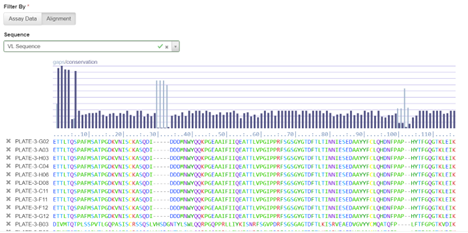The field of antibody discovery has been revolutionized by the use of next-generation sequencing (NGS) technology. One of the most popular approaches to antibody discovery is through the use of bulk B cell sequencing, where large numbers of B cells are analyzed simultaneously. This approach allows for a comprehensive analysis of the antibody repertoire and has been shown to be highly effective in identifying novel antibodies with therapeutic potential. In this blog post, we will delve into the world of bulk B cell analysis via NGS and its role in antibody discovery.

Bulk B cell analysis is a powerful tool for antibody discovery because it provides a snapshot of the entire B cell population at a given time. To perform this analysis, B cells are isolated from a tissue or fluid sample and sorted by flow cytometry. The sorted B cells are then lysed to extract mRNA, which is used to generate cDNA libraries that are sequenced using NGS platforms. The resulting sequence data is analyzed to identify the variable regions of the antibody genes. This approach allows for the identification of the most abundant antibody sequences and also provides insights into the diversity of the antibody repertoire.
Several factors need to be considered to ensure the success of bulk B cell analysis via NGS. First, it is crucial to obtain a representative sample of B cells, which may require multiple rounds of sorting to enrich for the desired population. Second, the cDNA library preparation protocol must be optimized to ensure that the antibody sequences are captured accurately. Finally, the bioinformatic analysis pipeline must be carefully designed and validated to accurately identify and annotate the antibody sequences.
One of the major advantages of using NGS to analyze B cells in bulk is the ability to identify novel antibodies with therapeutic potential. By analyzing thousands of B cells simultaneously, rare and unique antibody sequences can be identified that may not have been found using traditional hybridoma-based approaches. Furthermore, the bulk B cell approach allows for the simultaneous analysis of multiple species or tissues, providing a comprehensive analysis of the antibody repertoire in a given host.
NGS analysis is a powerful tool for antibody discovery that allows for the rapid identification of novel antibodies with therapeutic potential from a large population of B cells. With continued advancements in NGS technology and bioinformatic analysis pipelines, bulk B cell analysis is poised to become an essential tool in the development of new therapeutics for a wide range of diseases.